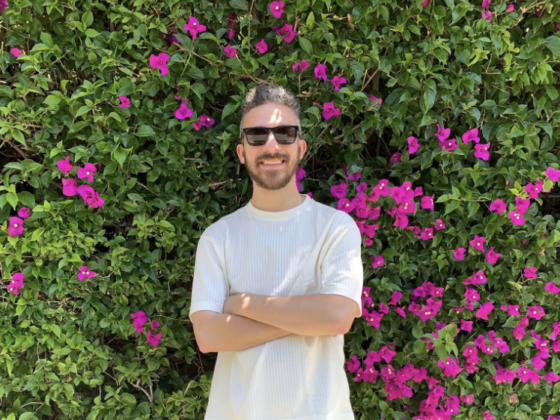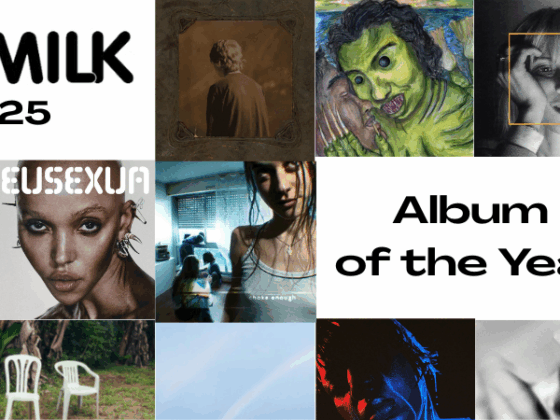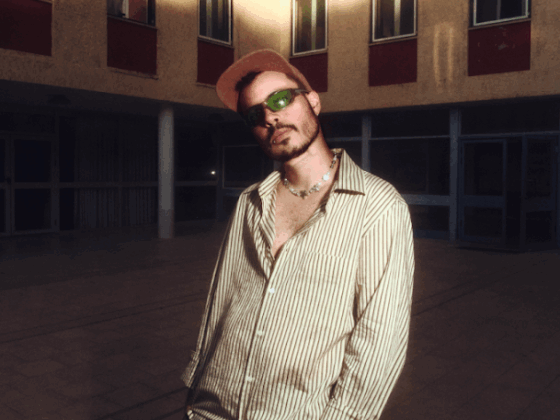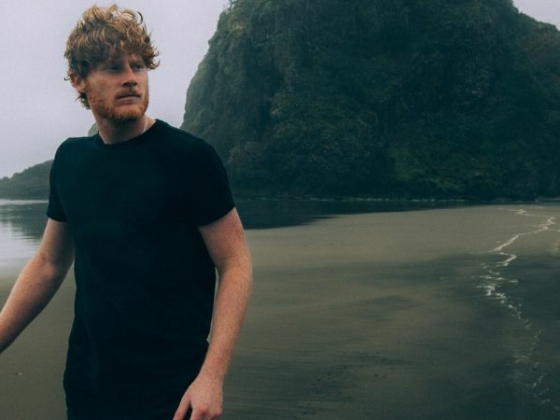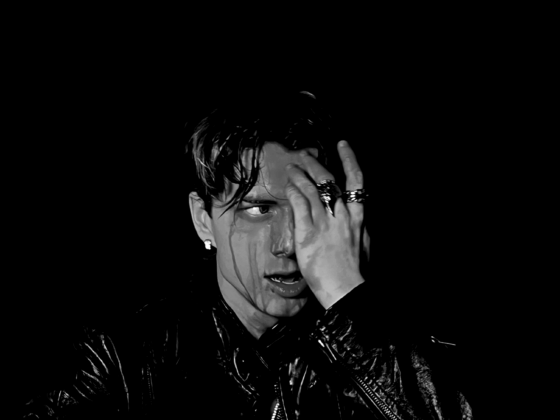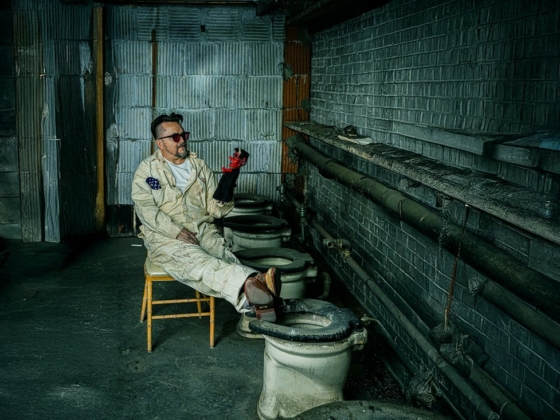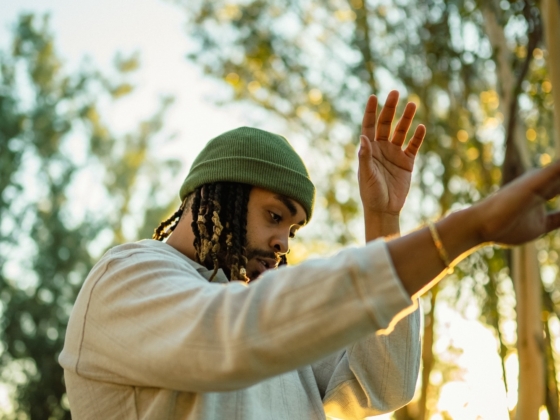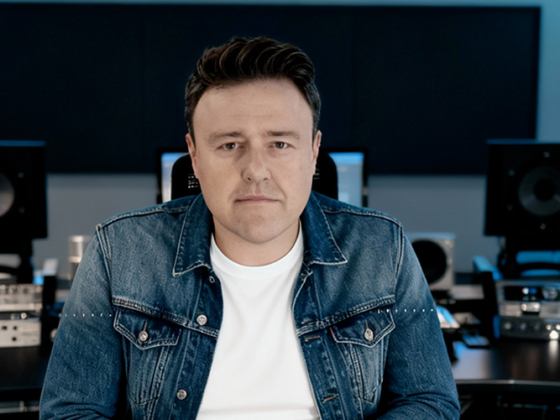Movement is a pretty unique festival, especially for North America. Based in the middle of Detroit, practically taking over downtown, it stands out as a festival of its scale that's not cordoned off to some middle-of-nowhere, rural venue. It seems appropriate, given Detroit's historical associations with techno, that the city would be more likely than average to embrace the festival, which has been around since 2000 and seems to maintain a friendly relationship with its host city, giving local artists and businesses plenty of props.
Over the last few years, it feels like Movement has evolved from an annual underground pilgrimage for serious techno and house heads to a festival with more general draw, appearing on pretty much every "festivals you have to go to" list I've stumbled upon. And yet, despite its increasing commercial appeal, it feels like Movement has held onto its integrity, representing the state of dance music as a whole in a way that most other festivals can't pull off.
Here are a few musical and atmospheric observations from this year's festival!
Made in Detroit stage consistently delivers
If you thought Detroit was dead, the Made in Detroit stage at DEMF could definitely change your mind singlehandedly. I've only attended the festival for two years, so perhaps someone else can chime in with more detail on when this stage originated, but both years, this stage has been the most reliably fun area of the festival.

Beatport stage too crowded for that act you were dying to see? Make your way to "the Circle" and catch Motor City's absolute best. Exuberant daytime sets from DJ Minx and Stacey Hotwaxx Hale reminded us why we came to love dance music in the first place, and by night, established acts like Mike Huckaby and Kevin Saunderson kept the crowd moving.
[soundcloud url="https://api.soundcloud.com/tracks/142349107" params="auto_play=false&hide_related=false&show_comments=true&show_user=true&show_reposts=false&visual=true" width="100%" height="450" iframe="true" /]
The main stage suffered from poor sound
The Red Bull Music Academy stage, the largest stage of the festival, consistently sounded like a dying walrus. Time after time, I returned to hear some of the artists I was most excited to see — John Digweed, Tale of Us, Carl Cox, and many more — and particularly during peak hours, I could barely stand to stick around. I hope some of these artists post their sets, because it'd be cool to like, actually hear them, you know?

Tale of Us's set could have been all kickdrums for all the RBMA sound system knew, despite their usual penchant for incorporating lovely melody. John Digweed's barely-legible set crunched over the massive speakers. During the day, acts like Daniel Avery and Miguel Migs sounded fine, so perhaps the later acts suffered from failed efforts to up the bass and volume without accounting for subtlety?
Max Cooper is just as amazing by daylight
I keep waiting to get tired of Max Cooper (by no fault of his – I just spent way too much time listening to his music), and he continues to prove that impossible. I've seen him play a few times now, but always by night in relatively small clubs like Seattle's Q or Boston's Middlesex Lounge.

While his 1:30 pm set at the Beatport stage didn't pull an enormous crowd, those who attended were met with exactly what they needed: plenty of space to dance to an airy set filled with variety and perfectly adapted to the time of day. I am normally a pale creature who seeks an indoor, air-conditioned environment the second the temperature hits about 70, but Max Cooper made me bounce around excitedly in the sun for an hour and a half. I even got a sunburn!
[youtube]https://www.youtube.com/watch?v=KHQDGohpBsQ[/youtube]
DEMF has a bit of an overcrowding problem
From the festival itself to the afterparties, this year I experienced much more overcrowding than I did last year. The Beatport stage was consistently too packed to even consider, and as a consequence, I chose to skip acts I was really hoping to see, like Maceo Plex, Green Velvet, and Justin Martin, opting to spend time comfortably discovering new artists at Made in Detroit instead.

Most of the afterparties I attended were even worse. The CLR party at Bleu, with Chris Liebing, Radio Slave, Marcel Dettmann, and Function, sported a terribly long line, even for ticketholders, and once inside, it was completely impossible to enjoy spending time in the main room (luckily, Brian Sanhaji saved the night with a great set in the much-less-crowded downstairs, followed by a surprise appearance by Drumcell).
[soundcloud url="https://api.soundcloud.com/tracks/127161720" params="auto_play=false&hide_related=false&show_comments=true&show_user=true&show_reposts=false&visual=true" width="100%" height="450" iframe="true" /]
I was also really excited about the two TV Lounge afterparties I had purchased advance tickets for, with stacked lineups featuring Seth Troxler, Thugfucker, Move D, Bicep, Daniel Avery, and more. However, the venue was so packed that it was a little bit scary to even think about trying to leave the crowd to grab a drink or use the restroom, let alone exit the club. In fact, I skipped the Monday afterparty altogether after attempting the Sunday one, instead (thankfully!) opting for The Works.
How can this be improved upon in future years? It's hard to know as an outsider. Spreading in-demand talent across more venues would probably help, and also foster new discovery by pairing well-loved artists with up-and-comers. It's also entirely possible that I just didn't make good afterparty choices, but I heard similar complaints from others.
The Works is dank, sweaty, & wondrous as ever
If Movement made a big pivot and decided to cut everything except the Made in Detroit stage and The Works, I'd still happily attend. This gritty venue, located a couple miles from downtown, features two indoor rooms plus a patio, and it felt like not much had changed since last year. This year, I went to the Bunker New York label showcase on Monday night, headlined by a 4-hour live set by Voices from the Lake, with housier selections in the other rooms.
[soundcloud url="https://api.soundcloud.com/tracks/142728240" params="auto_play=false&hide_related=false&show_comments=true&show_user=true&show_reposts=false&visual=true" width="100%" height="450" iframe="true" /]
Opening sets by Bryan Kasenic and Clay Wilson set the tone in the main room, accompanied by utterly enthralling visuals by OktoRed. Unfortunately, I'd spent so much time on my feet for the three days prior that I had to leave around 3, but I found myself wishing I'd saved my energy for this party, which could have easily been my highlight of the entire weekend if I hadn't been so physically wiped out.
If you visit Detroit for Movement, you'd be crazy to miss the chance to party at The Works. A sufficiently eccentric but respectful crowd — and the venue's proper limiting of the amount of people inside — make this an amazing place to take in music. I can't speak for the venue outside of DEMF, but I'd love the chance to see what it's like!
[soundcloud url="https://api.soundcloud.com/tracks/139222163" params="auto_play=false&hide_related=false&show_comments=true&show_user=true&show_reposts=false&visual=true" width="100%" height="450" iframe="true" /]
Movement's crowd is its greatest strength
One of the best things about Movement continues to be the fact that the crowd is completely unpredictable. Many events, even larger festivals, tend to attract a type that you can easily peg. Is this event for leather-clad techno bros? Is it for bald guys in graphic tees? Is it a burner crowd? Is it for the young and hip? Will there be dubstep dudes there? How about rave babies?

For Movement, the answer is all of the above and more, and for the most part, everyone treats each other wonderfully. It felt like this year, the crowd had expanded a bit. The audience seemed to skew a bit younger, perhaps drawing a few more people who couldn't cite the lineup from memory or recognize more than a few artists.
However, Movement's chaos makes it impossible to separate into cliques, other than the ephemeral, mass clique of whoever's seeing the same artist as you at the same time. There is no median at Movement; you will find every type of raver you could ever dream up, and it's fun being challenged to accept those you might otherwise dismiss.




